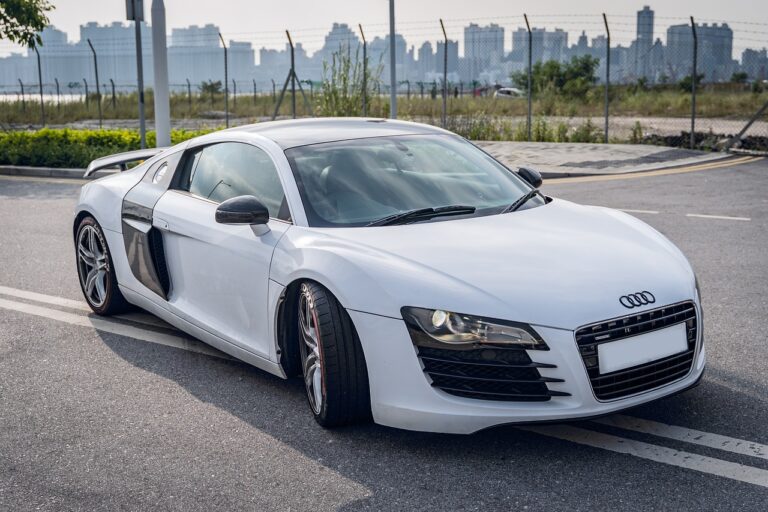The Evolution of Automotive Lighting Technology: From Halogen to LED: Betbhai99 com login, Radheexch, My99exch
betbhai99 com login, radheexch, my99exch: Automotive lighting technology has come a long way over the years, evolving from traditional halogen bulbs to modern LED lights. This evolution has brought significant improvements in terms of energy efficiency, durability, and overall performance. In this article, we will delve into the history of automotive lighting technology and explore how LEDs have revolutionized the way we light up our vehicles.
The inception of automotive lighting can be traced back to the early days of the automobile industry when gas lamps were used to illuminate the roads. As technology advanced, halogen bulbs became the standard for automotive lighting in the mid-20th century. Halogen bulbs were brighter and more efficient than their predecessors, but they still had limitations in terms of longevity and energy consumption.
The emergence of LEDs in the automotive industry marked a significant turning point in automotive lighting technology. LEDs, or Light Emitting Diodes, are semiconductor devices that emit light when an electric current passes through them. They are more energy-efficient, durable, and versatile than traditional halogen bulbs, making them the preferred choice for modern vehicles.
One of the key advantages of LED lights is their energy efficiency. LEDs consume less power than halogen bulbs, which translates to fuel savings for the vehicle owner. Additionally, LEDs have a longer lifespan than halogen bulbs, reducing the frequency of replacements and maintenance costs.
LED lights also offer superior brightness and clarity compared to halogen bulbs. This enhanced visibility improves the safety of the vehicle, especially during nighttime driving or adverse weather conditions. LED lights can be customized to produce different colors and patterns, allowing for greater flexibility in automotive lighting design.
Another benefit of LED lights is their compact size and design flexibility. LEDs are smaller and more versatile than traditional bulbs, making them ideal for integrating into sleek and aerodynamic vehicle designs. LED lights can be used for a variety of automotive lighting applications, including headlights, tail lights, turn signals, and interior lighting.
In addition to their performance benefits, LEDs are also environmentally friendly. They do not contain harmful substances such as mercury, making them safer to use and dispose of. LED lights are also recyclable, further reducing their impact on the environment.
As automotive lighting technology continues to evolve, we can expect to see further advancements in LED technology. Manufacturers are constantly working to improve the efficiency, brightness, and versatility of LED lights, paving the way for even more innovative lighting solutions in the future.
In conclusion, the evolution of automotive lighting technology from halogen to LED has brought about significant improvements in energy efficiency, durability, and performance. LEDs have revolutionized the way we light up our vehicles, offering superior brightness, clarity, and design flexibility. As technology continues to advance, we can look forward to even more exciting developments in automotive lighting in the years to come.
—
**FAQs**
**Q: Are LED lights more expensive than halogen bulbs?**
A: Initially, LED lights may have a higher upfront cost than halogen bulbs. However, the long-term savings in energy consumption and maintenance costs make LED lights a more cost-effective option in the long run.
**Q: Can I replace halogen bulbs with LED lights in my vehicle?**
A: In most cases, yes. Many vehicle manufacturers offer LED lighting options as upgrades or replacements for halogen bulbs. It is essential to ensure compatibility and proper installation to maximize the benefits of LED lights.
**Q: Do LED lights produce the same amount of heat as halogen bulbs?**
A: No, LED lights produce significantly less heat than halogen bulbs. This not only improves energy efficiency but also reduces the risk of heat-related damage to the vehicle’s lighting system.
**Q: Are LED lights brighter than halogen bulbs?**
A: Yes, LED lights are generally brighter and provide better visibility than halogen bulbs. This enhanced brightness improves safety on the road, especially during nighttime driving or adverse weather conditions.
**Q: Can LED lights be customized in terms of color and design?**
A: Yes, LED lights can be customized to produce different colors and patterns. This versatility allows for unique and creative automotive lighting designs.







